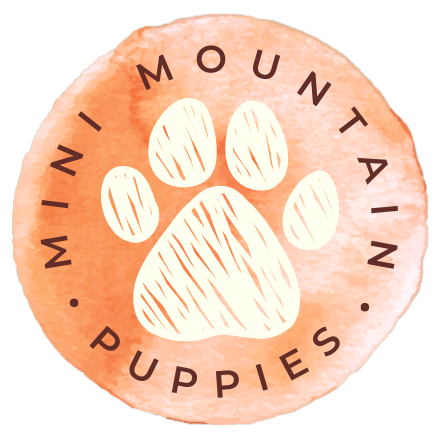Early Neurological Stimulation
An abundance of scientific research has been done on the canine brain and the early development of puppies. The use of dogs for military, first response, medical service, and therapy service has been the driving motivation in the realm of science and research regarding canine development. Breeders all over the world have benefited their dogs by implementing early neurological stimulation— a practice that has been proven to be a key element in developing strong and healthy dogs.
Five specific benefits have been found in dogs who went through early neurological stimulation:
Improved heart rate
Stronger heart beat
Healthier adrenal glands
Higher tolerance to stress
Stronger immunity and the ability to resist disease
Many puppies who underwent early neurological stimulation also were noted to perform better and with more curiosity in learning tests and competitive situations.
Early Neurological Stimulation is basically the process of introducing the puppy to new positions and sensory experiences that cause light stress to them. This process must be done very carefully, as too much of that stress can cause adverse effects.
The process of Early Neurological Stimulation takes place between the ages of 3 and 16 days old, and is performed only once per day. The steps are as follows:
Tactile Stimulation— holding the pup in one hand, the handler gently tickles the pup between his/her toes using a Q-tip. 3-5 seconds.
Head Erect— using both hands, the pup is held straight up with his/her head directly above the tail. 3-5 seconds.
Head Down—using both hands, the pup is held straight down with his/her head pointing at the ground and the tail directly above. 3-5 seconds.
Supine position— pup is held with his/her back in the palms of both hands so that his/her nose is pointing at the ceiling. Puppy may sleep during this position. 3-5 seconds.
Thermal Stimulation— pup is placed, feet down, on a cool wet towel. Puppy make move around. 3-5 seconds.
These exercises are not substitutions to the normal, natural stimulation a puppy receives from being held, socialized, play with, talked to, and cuddled. All of these are continued. The ENS exercises simply stimulate the neurological system in a different way and much earlier than would occur naturally. This gives them a jump start and results in better performance and health of the puppy later.
Socialization
This aspect of development is crucial from the beginning of the puppy’s life. The socialization that a puppy receives between week 4 and week 16 will be permanent upon the dog. Cuddling, talking to, playing with, and beginning to teach puppies during this time period are a must. This is also an important phase for the pups to be introduced to young children, to elderly, to strangers, and to other dogs.
Once again, each of these new experiences cause an element of stress to the puppies. This stress is a good thing, as long as they are not over stimulated, or over stressed. An appropriate balance must be found for the length of these experiences, the frequency, and the level or amount of stimulation happening at once.
Enrichment
This final period of neurological development really never ends. Like the others though, it is crucial at an early age. Puppy enrichment occurs whenever the pup is introduced to something new. A new toy, and new sound, a new smell, a new place, etc. The more enrichment in a pup’s life, the more confident the puppy will be in themselves and also in their owner. They will know that when a new thing is given by the human, it will be a good thing. They learn to trust at the same time as learning so many new things about the world while they investigate and interact with it.
Enrichment activities are endless.
